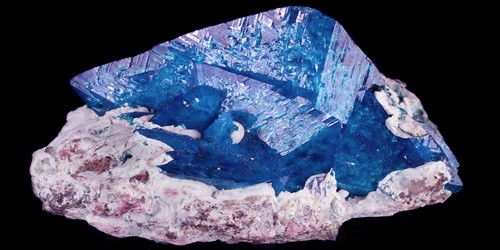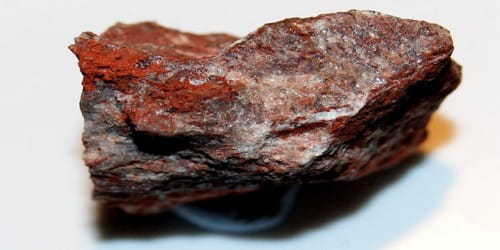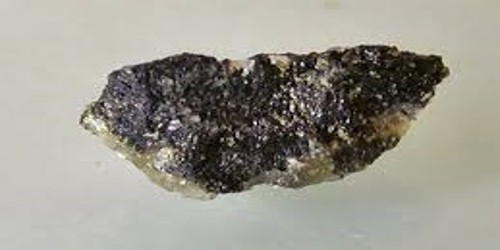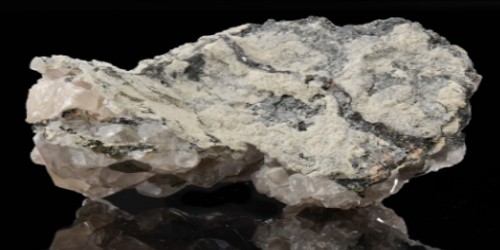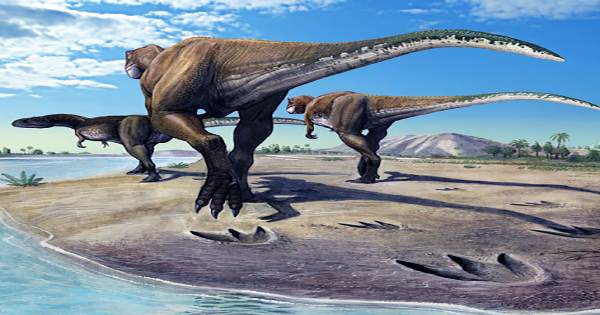Liroconite is a complex mineral: Hydrated copper aluminum arsenate hydroxide, with the formula Cu2Al[(OH)4|AsO4]·4(H2O). It is a beautiful mineral that is not often available from any new sources. It is a vitreous monoclinic mineral, colored bright blue to green, often associated with malachite, azurite, olivenite, and clinoclase. It is quite soft, with a Mohs hardness of 2 – 2.5, and has a specific gravity of 2.9 – 3.0. It was named after the Greek words lieros and conis, meaning, respectfully, “pale” and “powder,” in reference to the minerals pale blue streak.
It is a basic hydrous aluminum copper arsenate occurring in monoclinic crystals of a sky-blue or verdigris-green color.
General Information
- Category: Arsenate minerals
- Formula: Cu2Al[(OH)4|AsO4]·4(H2O)
- Crystal system: Monoclinic
- Crystal class: Prismatic (2/m) (same H-M symbol)
- Color: Bright blue to green.
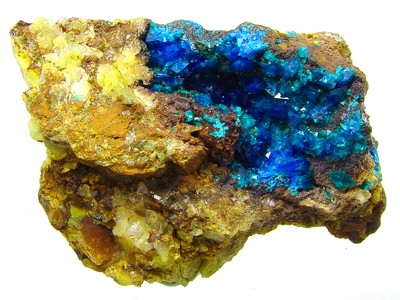
Properties
Liroconite is a truly beautiful mineral with a typical bright blue color, a nice glassy luster, and an interesting crystal habit. It forms from the oxidation of primary copper ores.
- Crystal habit: Typically as striated flattened octahedral or lenticular crystals, also massive to granular
- Cleavage: Indistinct on {110} and {011}
- Fracture: Irregular/uneven, conchoidal
- Mohs scale hardness: 2-2 1⁄2
- Luster: Vitreous to resinous
- Streak: Light blue
- Diaphaneity: Transparent, translucent
- Specific gravity: 2.9 – 3
- Optical properties: Biaxial (-)
Occurrences: A rare secondary mineral in the oxidized zone of some copper deposits.
Liroconite is a secondary mineral that can be found in some oxidized copper deposits. It was first identified in 1825 in the tin and copper mines of Devon and Cornwall, England. Although it remains quite rare it has subsequently been identified in a variety of locations including France, Germany, Australia, New Jersey, and California.
It occurs in England, Germany, Slovakia, Russia, and the United States, among just a couple others. It occurs as a secondary mineral in copper deposits in association with olivenite, chalcophyllite, clinoclase, cornwallite, strashimirite, malachite, cuprite, and limonite.
Information Source:
